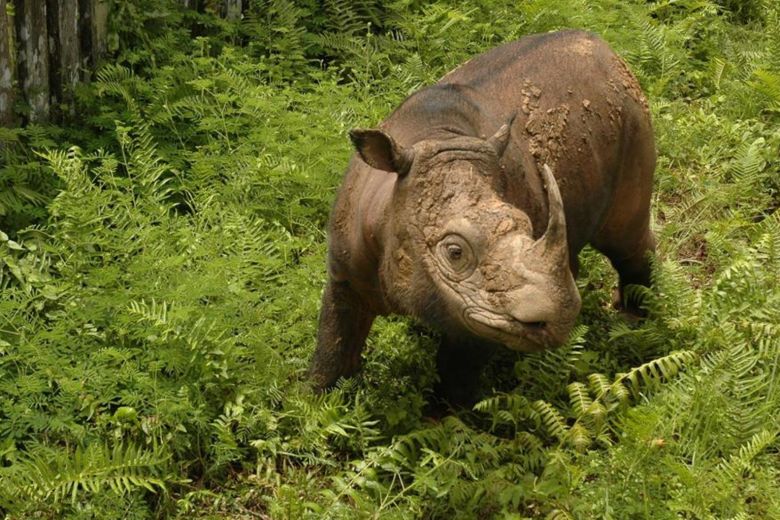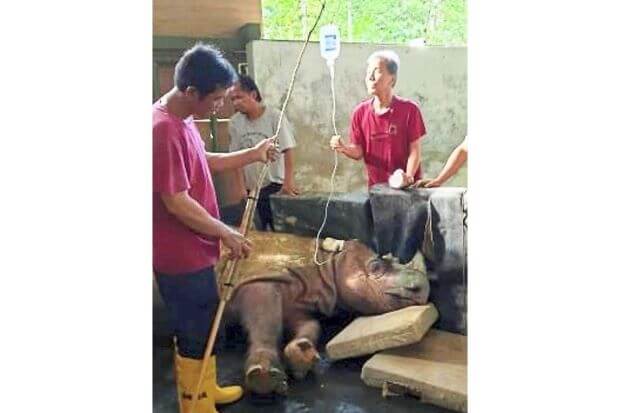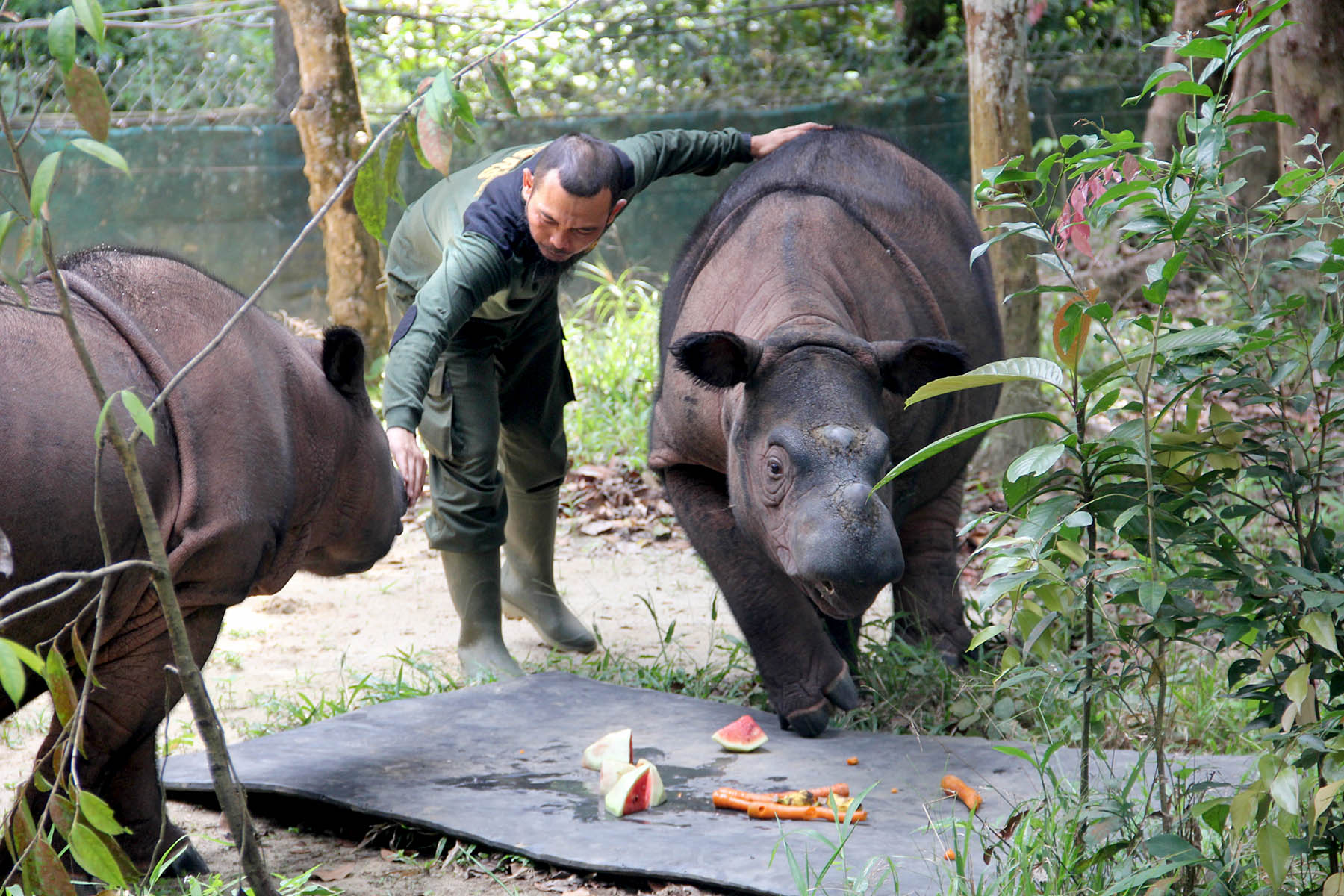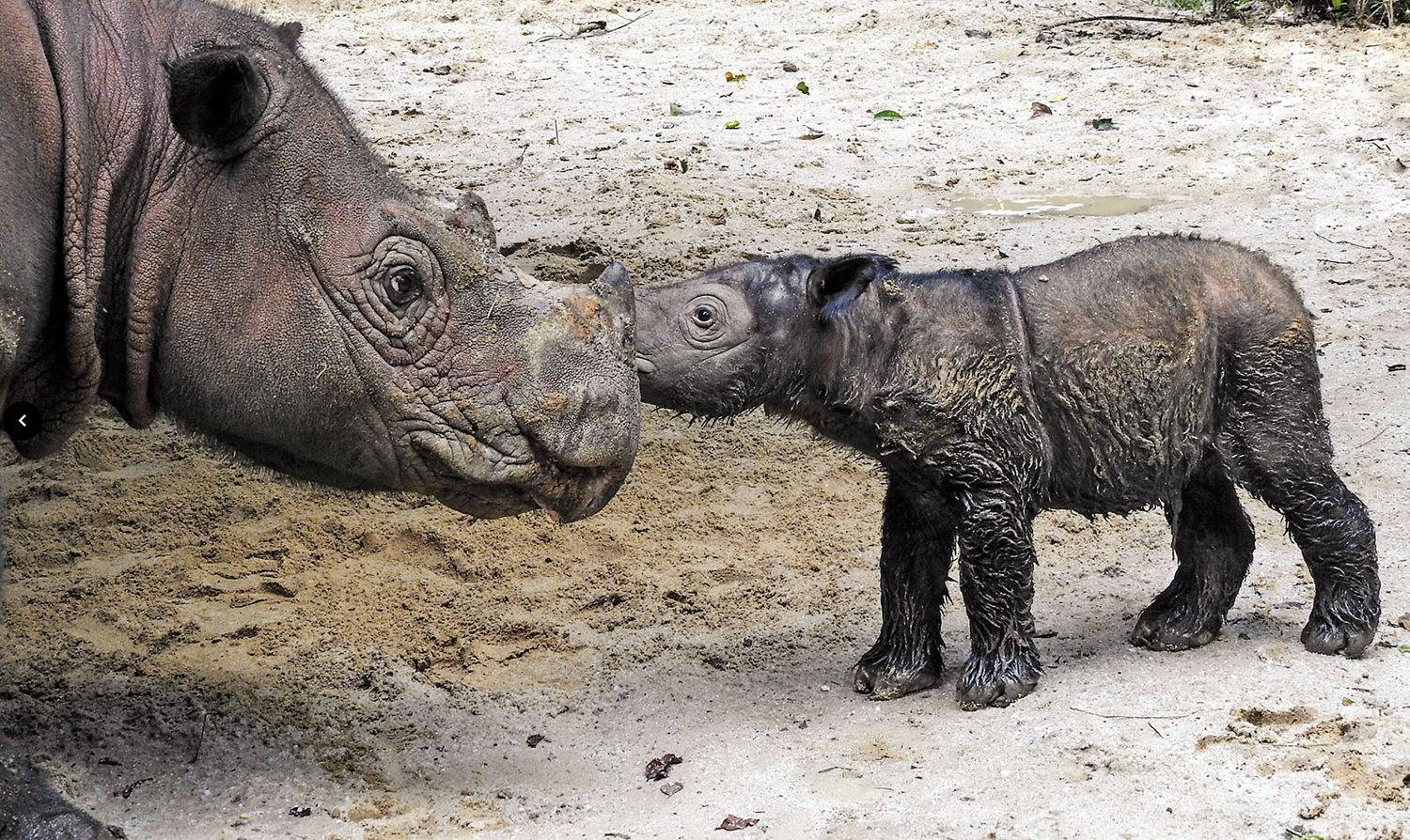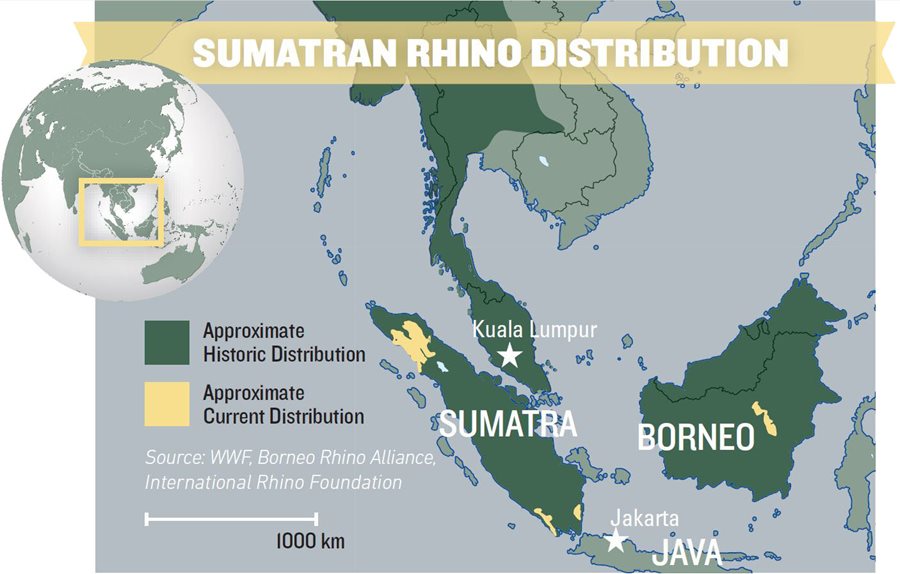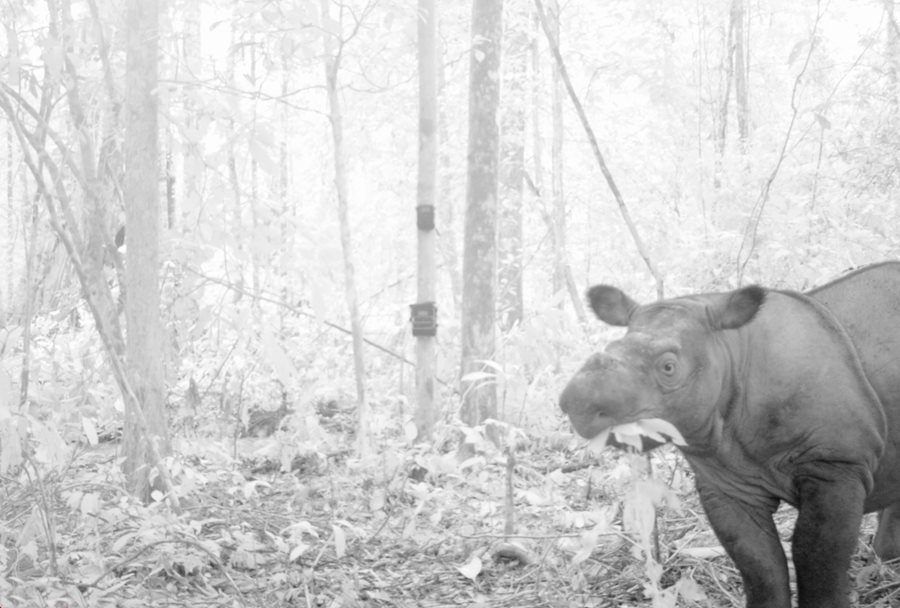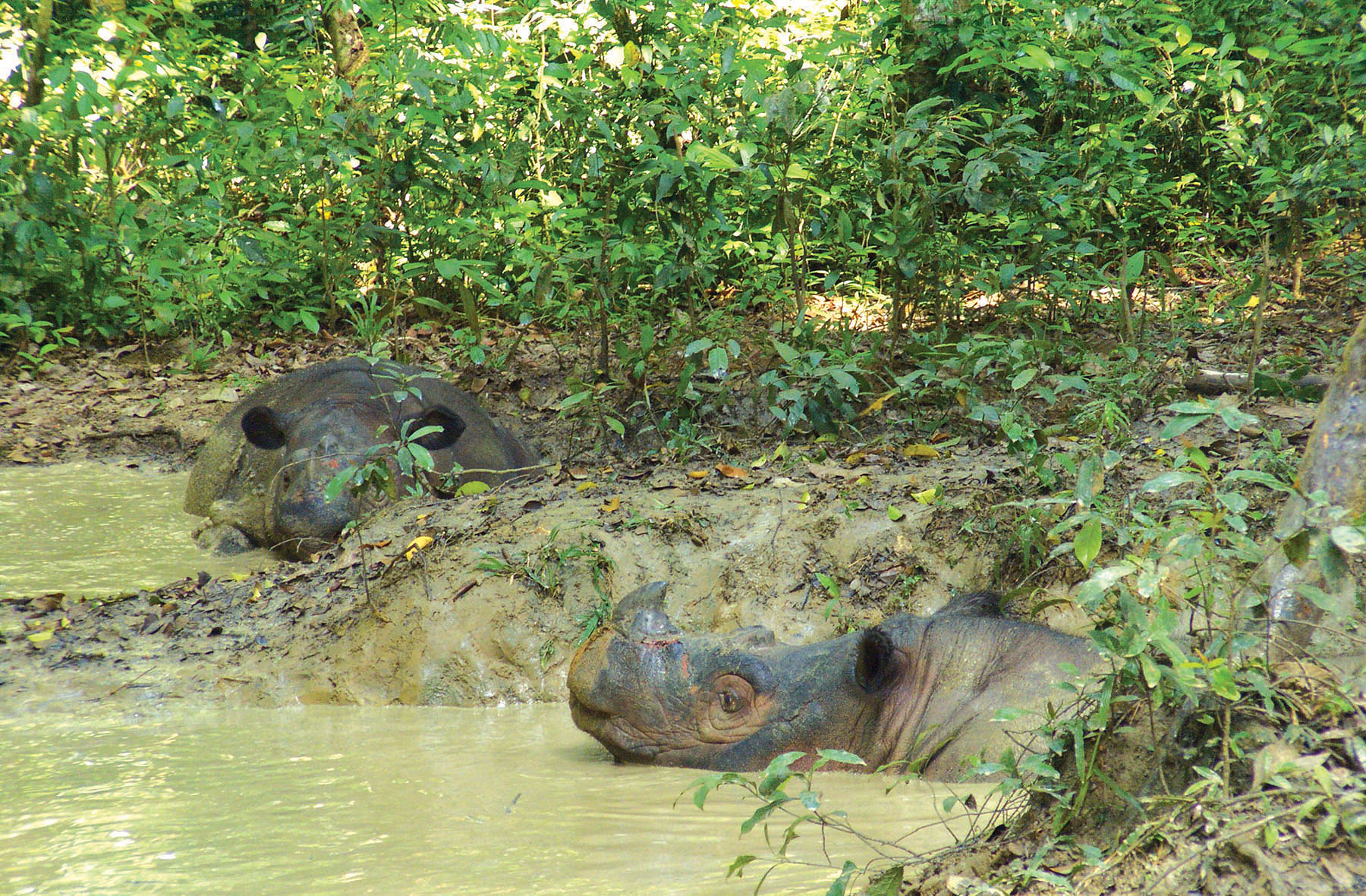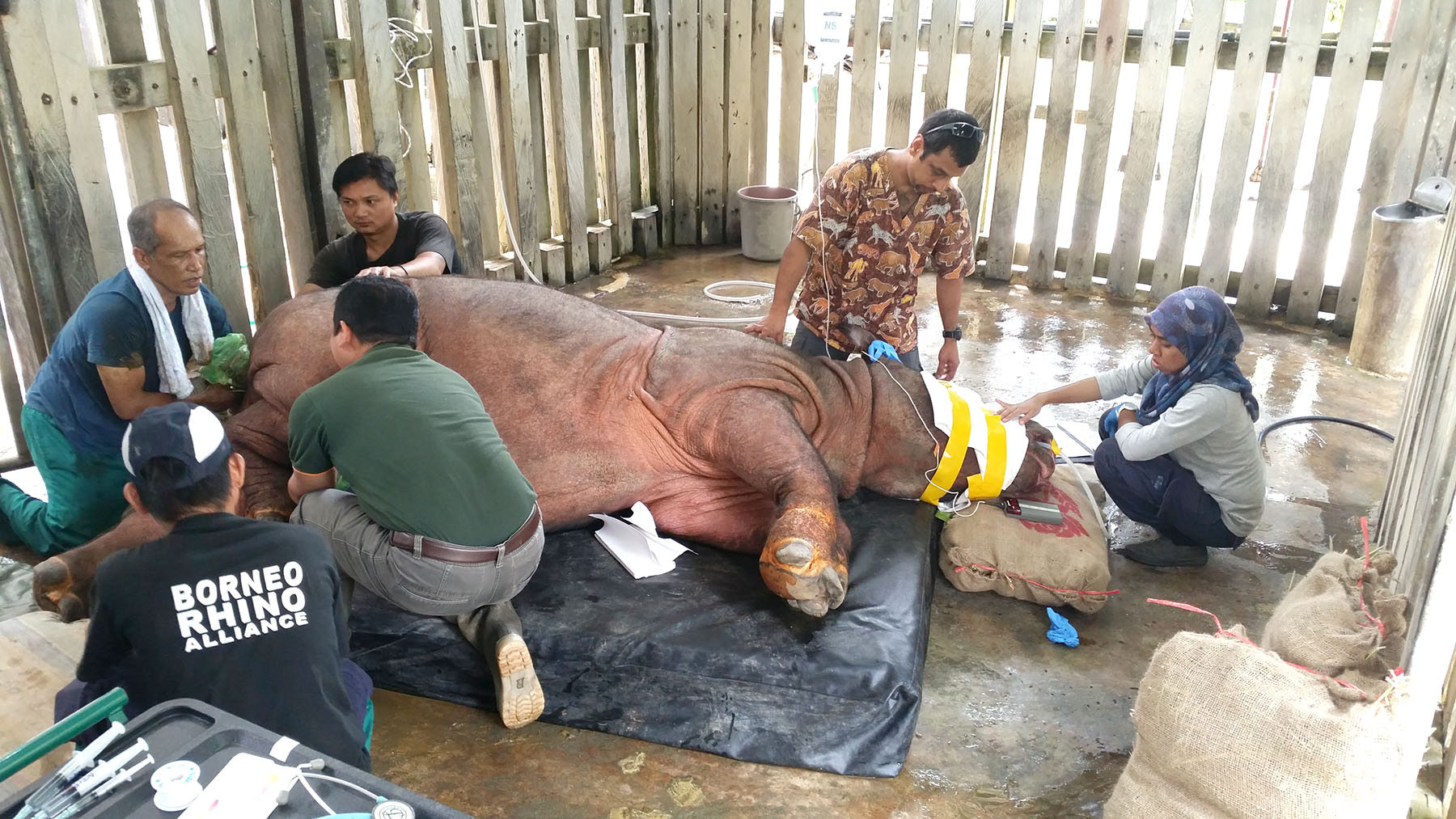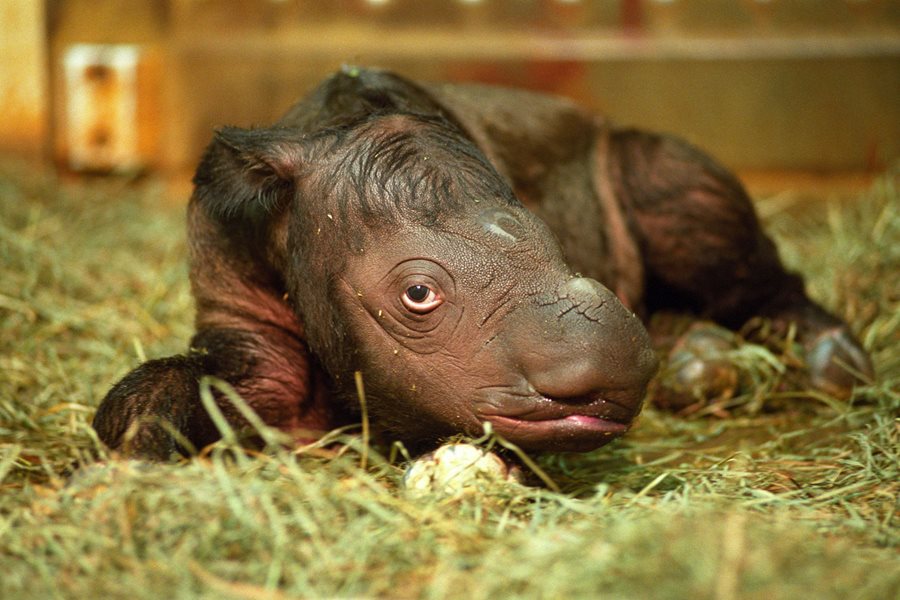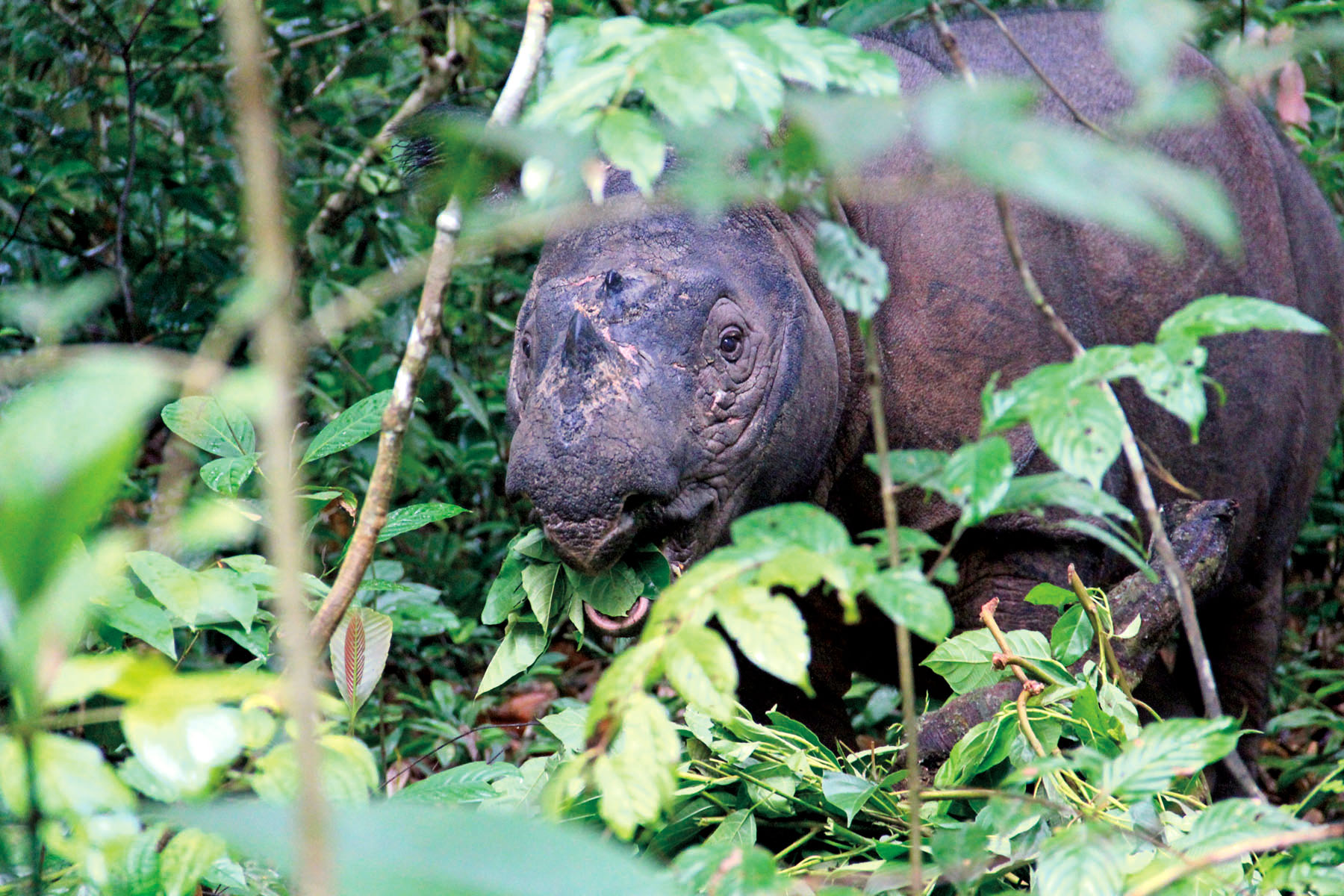South China Morning Post, 27 May 2019
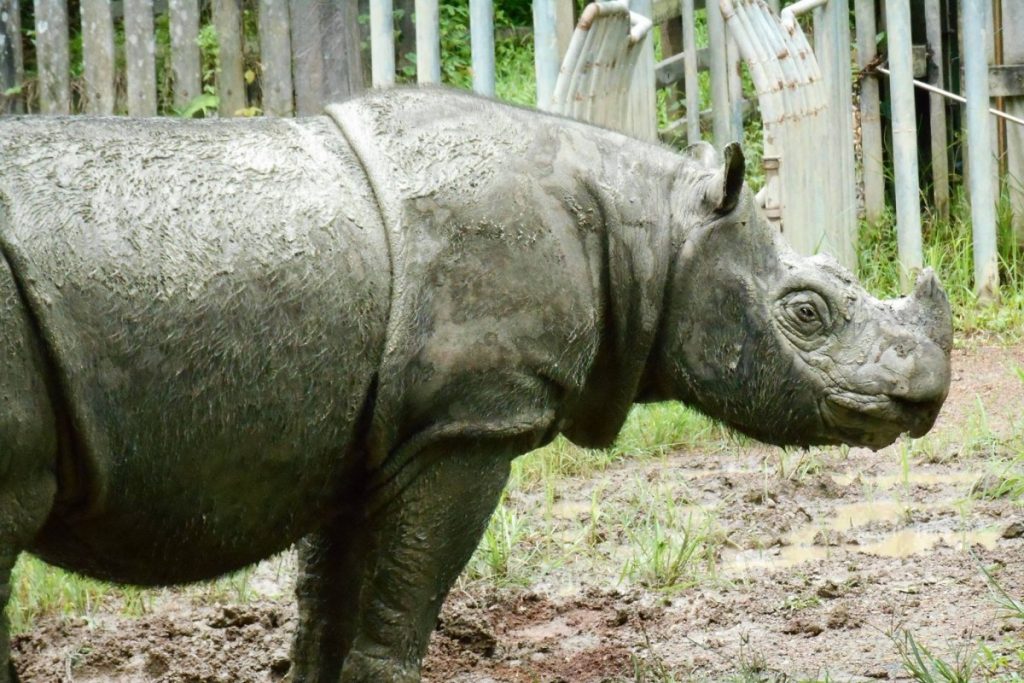
The last male Sumatran rhinoceros in Malaysia has died of old age, dashing efforts to save the critically endangered species in the country.
Tam the rhino, who was in his 30s, lived at a wildlife reserve in Sabah state on Borneo island since his capture in 2008, according to Christina Liew, the state minister for tourism, culture and the environment.
“Regrettably, Tam died at mid-day, around noon on Monday. Invariably, everything that could possibly have been done, was done, and executed with great love and dedication,” Liew said in a statement on Monday.
“His last weeks involved the most intense palliative care humanly possible, rendered by the Borneo Rhino Alliance team under veterinary surgeon Dr Zainal Zahari Zainuddin at the Borneo Rhino Sanctuary in Tabin Wildlife Reserve, Lahad Datu,” said the minister.
Tam was believed to have died of old age, but the wildlife reserve would release more information after completing an autopsy report, Liew said.
Despite approaching middle age, Tam was not grumpy and was “quite the gentleman”, according to the Borneo Rhino Alliance (BORA). He had a calm and steady manner, although he was “a bit cheeky at times”, BORA said.
Sumatran rhinos are the smallest of the living rhinoceroses and the only Asian rhino with two horns. They are more closely related to the extinct woolly rhinos than any of the other rhino species alive today, according to the WWF. The Sumatran rhino was declared extinct in the wild in Malaysia in 2015.
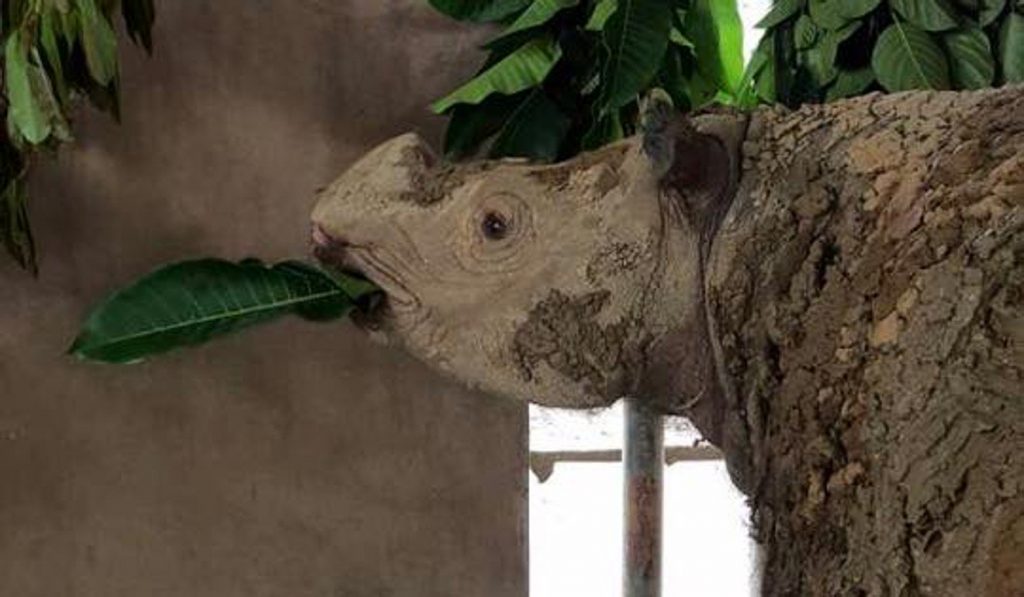
Iman, Malaysia’s last female Sumatran rhino. Photo: Borneo Rhino Alliance
Iman, a female captured in 2014, is now the only surviving member of the subspecies left in the country.
She suffered a ruptured tumour in her uterus in December 2017, but was said to have been showed some signs of recovery by the end of the month, although she remains in poor health.
Another female rhino, jackfruit-loving Puntung, was euthanised in 2017 after suffering from incurable squamous cell cancer.
On Monday, WWF Malaysia called the loss of Tam a “wake-up call” and urged more action to save the endangered animals.
“Our hearts are filled with sadness as we mourn the loss of a species. With Tam gone, we now only have Iman left, our last female rhino. Let the loss of Tam be the wakeup call,” the group said in a tweet. “Our #wildlife needs protection.”
Wildlife experts estimate that only about 30 to 80 Sumatran rhinos remain in the world, mostly on the Indonesian island of Sumatra and on the Indonesian side of Borneo.
Their isolation, caused by habitat loss and poaching, means they rarely breed and may go extinct in a matter of decades, according to conservation group International Rhino Foundation.
Since 2011, Malaysia has tried to breed the species in captivity through in vitro fertilisation, but without success.
Liew said Tam’s genetic material has been preserved for future attempts to reproduce Sumatran rhinos.
“We hope that with emerging technologies at cell and molecular level, he may yet contribute his genes to the survival of the species,” she said.
Sabah conservationists feel that urgent steps should be initiated to prevent other wildlife species from meeting the Sumatran rhino’s fate.
They hoped for more attention to be given to the conservation of pangolins, banteng, the Bornean elephant, clouded leopard and sun bear whose numbers have dwindled over the years due to poaching and wildlife conflict.
Read more at https://www.thestar.com.my/news/nation/2019/05/26/experts-weve-lost-battle-on-rhino-conservation/#pqm4XflTgcDxJfJL.99
